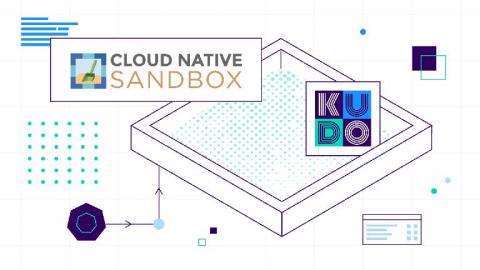Operations | Monitoring | ITSM | DevOps | Cloud
Latest News
Shift Left Security with Golang in VS Code
KUDO accepted as a CNCF Sandbox project
We’re excited to announce that the KUDO ( Kubernetes Universal Declarative Operator) project is now officially accepted as a CNCF Sandbox project. This was the culmination of two years of hard work from the team and is a fantastic step forward for the project.
Implement Observability as Code with HashiCorp and Splunk
Driven by digital market shifts, organizations are adopting cloud and cloud-native technologies to deliver a better end-user experience, scale efficiently — both up and down —and increase innovation velocity. While distributed cloud architecture brings agility, it also brings operational complexity. Therefore, developing effective observability practices is all the more important for delivering a flawless end-user experience for cloud applications.
Your Mac Is Fast. You Are Not.
I can tell you the day I knew I would be a Systems Administrator (the term SRE hadn’t been invented yet.) My Linux professor, a brilliant engineer at NASA, said: "The best system administrators are the laziest." He went on to qualify that statement but I had stopped listening. My fate was sealed.
Using Automation and SLOs to Create Margin in your Systems
Observability: From Push to Production
Developers are building and deploying to production with greater frequency. Elite organizations are deploying to production multiple times per day. All the while we continue to distribute our applications even wider with the adoption of micro-services, and global deployments. This consistent churn and increasing code complexity create the perfect storm that makes finding problems even harder. How do you know the changes just committed actually deployed? How do you know the changes worked?
Log aggregation and the journey to optimized logs
Ever experienced bad logging- whether it’s the wrong log, the wrong information, or a multitude of other logging woes? We aren’t able to count the number of times anymore that we’ve happily gone and set log lines, only to find out that it was all for naught. The frustrations are endless. What is meant to be magic for your code, the ultimate savior when debugging, has become the ultimate frustration.
Get to Know the HAProxy Process Manager
The HAProxy Process Manager allows you to start external programs that are managed under HAProxy. Not everything is compiled directly into HAProxy’s C code. Some components are written using other programming languages and run alongside the load balancer.
Diagnosing out-of-memory errors on Linux
Out-of-memory (OOM) errors take place when the Linux kernel can’t provide enough memory to run all of its user-space processes, causing at least one process to exit without warning. Without a comprehensive monitoring solution, OOM errors can be tricky to diagnose. In this post, you will learn how to use Datadog to diagnose OOM errors on Linux systems.











